For years, the Italian Post Office has been the butt of jokes. You go in the morning to send a postcard and you end up leaving hours later, as the sun is setting. Waiters in Italy can get you a red wine in a snap, but put them in a post office and everything feels like slow motion. Some would simply describe it as “Mediterranean pace.” But there’s a solution to this, and perhaps you’ve heard of it: it is the Vatican City Post Office.
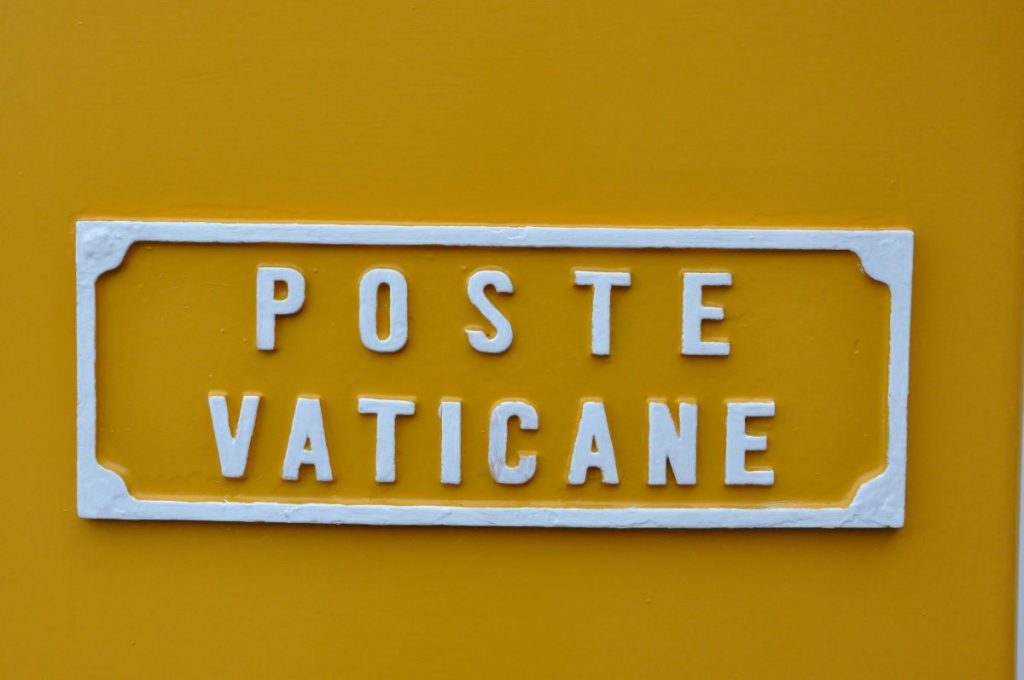
So, this raises the question: why does the Vatican City have its own postal service, and is it better than the Italian one?
Historical Context
From 1870 to 1929, due to the cold war between the burgeoning Italian state and the Vatican (and the Papal State that the pope was trying to hold onto), the pope never left the Vatican. He even claimed to be a prisoner within his own house.
The creation of a unified Italian state stripped the Church of the vast papal territories. These territories stretched from the region of Lazio all the way north to Umbria, Le Marche, and eastern Emilia-Romagna. This included some 10,000 square miles in all.
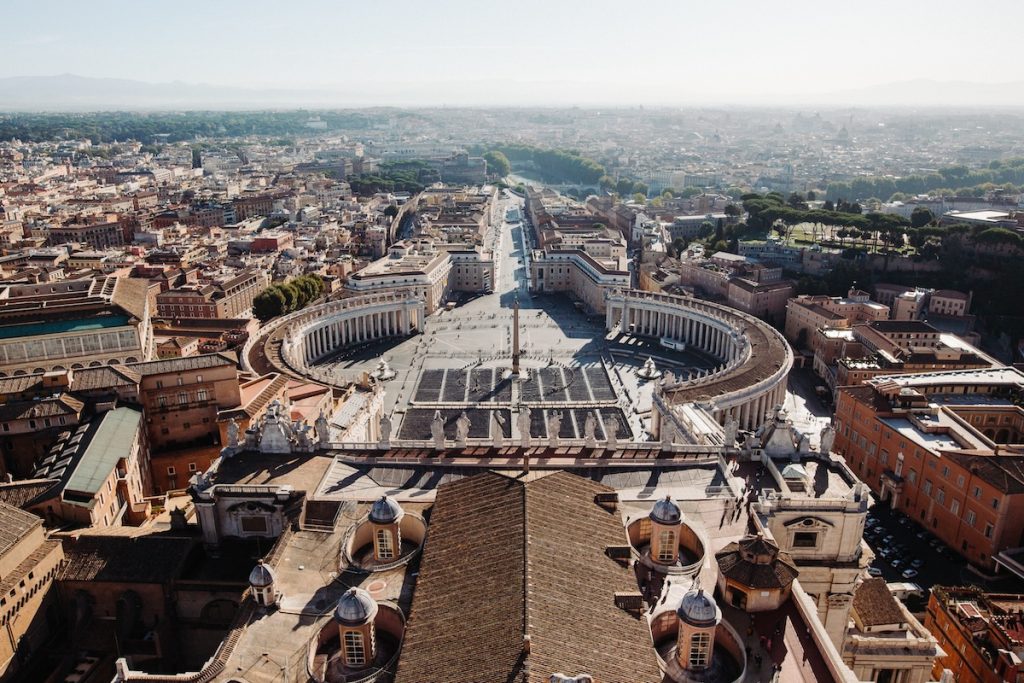
Also in the late 19th and early 20th centuries, the new Italian state began a form of passive-aggressive urban planning in the neighborhoods around the Vatican. The square just north of the Vatican border was named Piazza Risorgimento, which refers to the fight for Italian nationalism and unification. New streets around the Vatican were also tagged with such names. In addition, historical figures, such as Cola di Rienzo, who had challenged the papacy also received locations in their name.
Then, in 1929, with one swipe of a pen, the two sides reconciled. Pope Pius XI signed the Lateran Treaty, an accord with Benito Mussolini, essentially recognizing the other’s existence and setting the boundaries for the Church’s new state. And with this action, Vatican City, the world’s smallest nation at 108 acres, was born. And so was the Vatican City postal service.
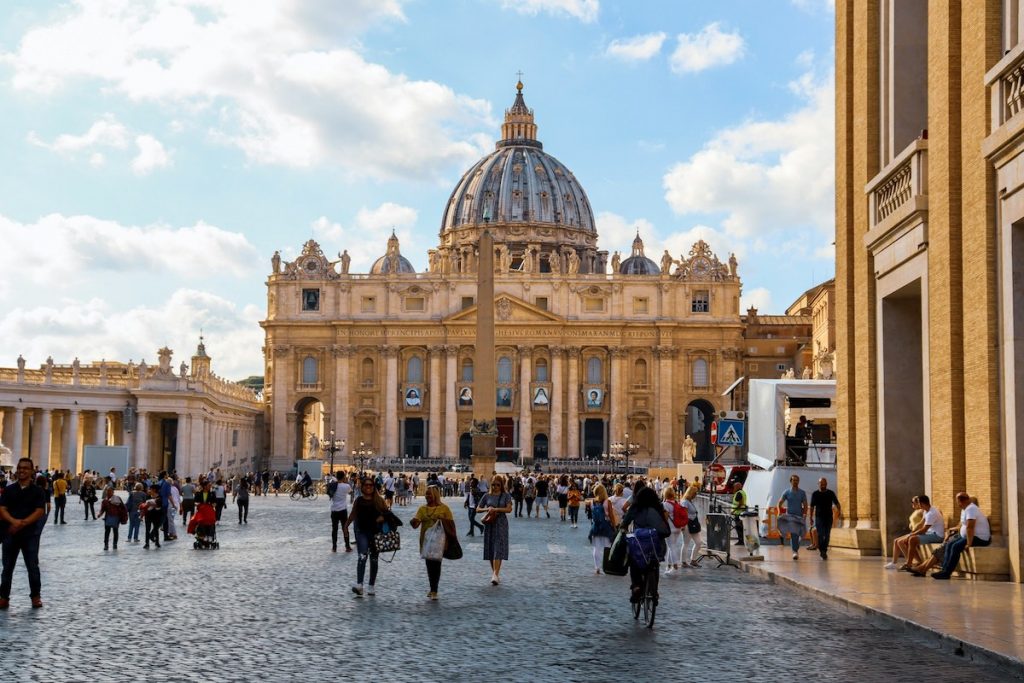
The Vatican versus Italian postal service
It is important to remember that the Vatican City is a whole other, autonomous country. Therefore, they have their own services and the ability to do things their way. And this includes sending mail.
Many people believe that the Vatican Postal service is more efficient and effective in terms of customer service. So, sending your postcards from the Vatican City will give you more time to explore Rome and Vatican City itself. It is also rumored that the Vatican post office is much more reliable than their “Italian” counterpart. And that the millions of postcards they process every year are more likely to reach their destination than those sent via the Italian post office.
Whether this is statistically true is debatable, but it does appear that many tourists choose to send their holiday greetings from the Vatican city. Why?
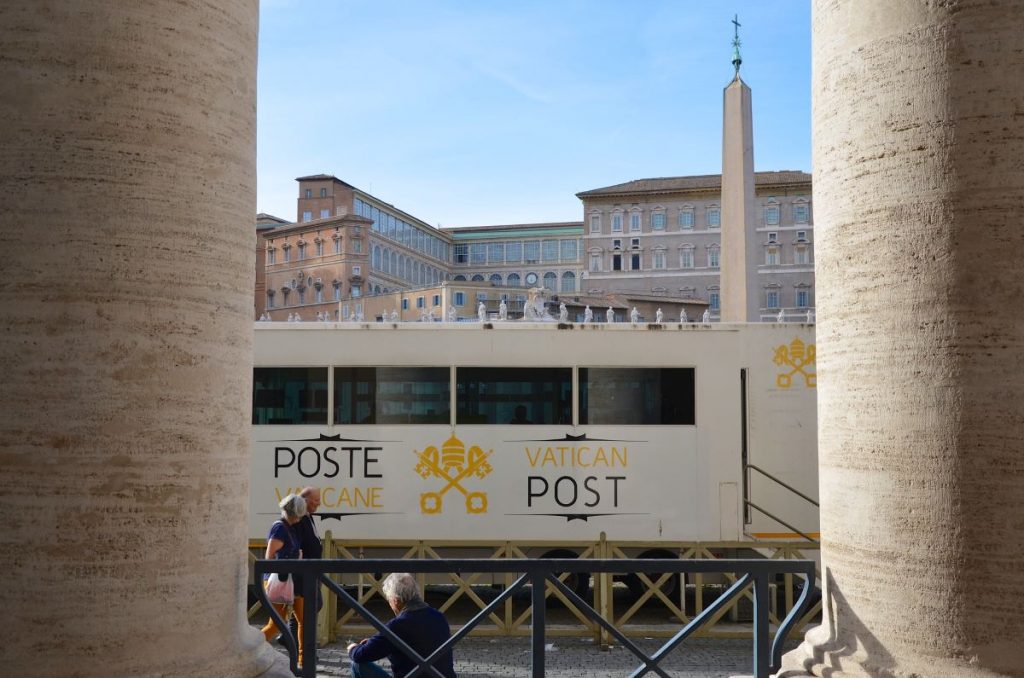
Why do tourists use the Vatican post office?
Today, to be honest, the Vatican City post office is something of a tourist attraction. If you’re a pious person or sending a postcard to a devout Catholic, they might view a Vatican postage stamp as something of a holy artifact. Other tourists just like the idea of sending a letter or postcard from the world’s smallest nation, and giving a Vatican postmark as a souvenir.
And then, of course, there are the in-the-know travelers, the cognoscenti, who know that if you don’t want to linger for hours in an Italian post office just to send a few postcards, do it at the Vatican instead.
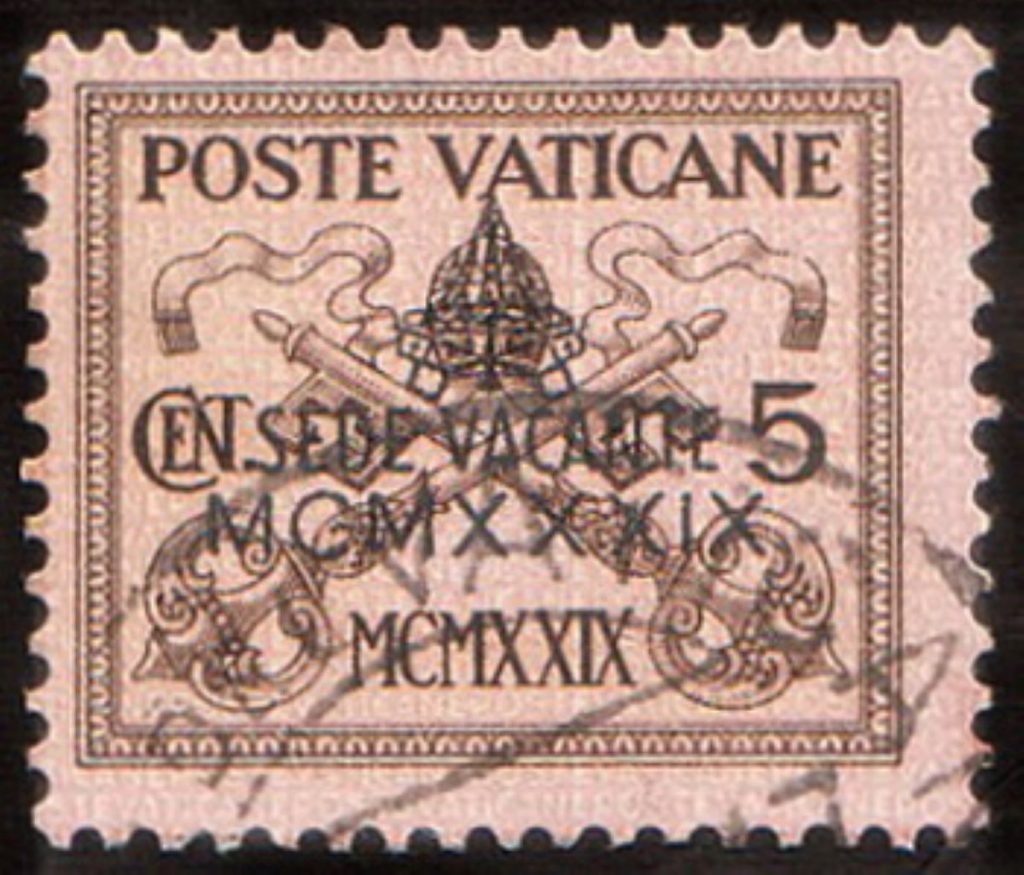
Where is the Vatican post office?
There are 3 Vatican post offices or poste vaticane, in the local parlance.
- The Central Post office is in St. Peter’s Square, on the left-hand side of the colonnade. You’ll spot it quite easily as the door is flanked by two iconic yellow poste vaticane post boxes.
- There is a post office inside the Vatican Museums – but you need a museum ticket to access it.
- The final one is Paul VI Audience Hall, and is the favourite of residents and Vatican employees.
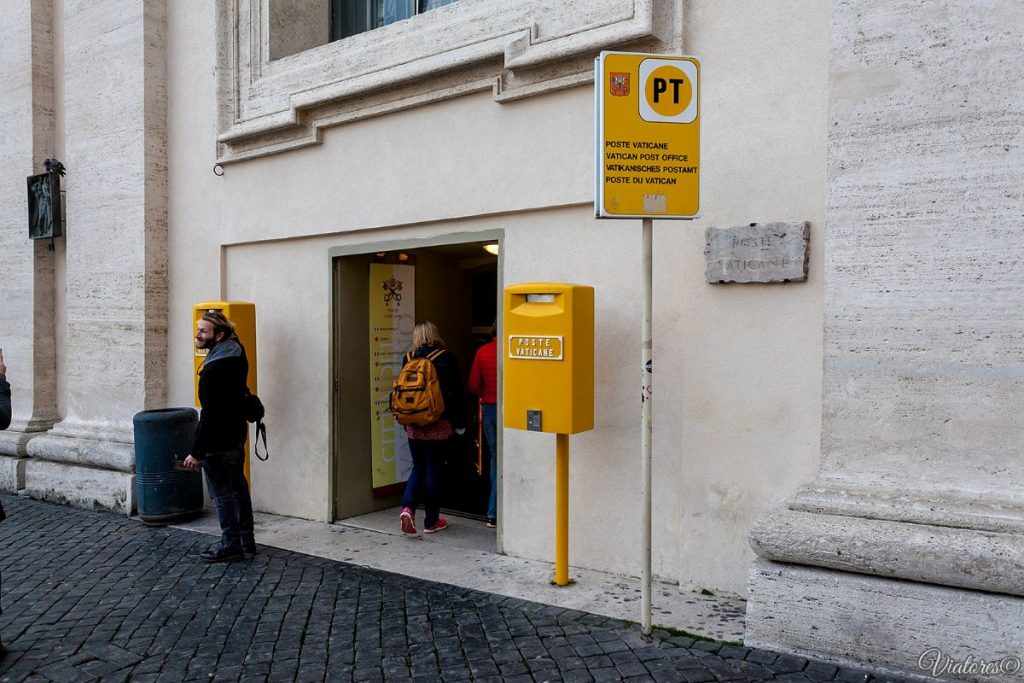
How much does it cost to send a postcard from the Vatican City?
You can buy postcards at basically any of the souvenir shops and stands that are sprinkled throughout Vatican City (or, in general, Rome). You can also buy them at the Vatican post office.
- Standard Souvenir Postcards: Typically priced between €0.50 and €1.50, these postcards feature iconic images of St. Peter’s Basilica, the Sistine Chapel, and other Vatican landmarks.
- Premium and Artistic Postcards: For more elaborate designs, such as vintage-style or artist-created cards, prices range from €2 to €6.
- Collectible or Vintage Postcards: Rare or vintage postcards, especially those from specialized sellers, can be priced higher, ranging from €7 to €25 or more, depending on rarity and condition.
For stamps, the Vatican still uses a tiered system for postcard stamps: about €1.25 for Europe, €2.40 for destinations in North/South America, Africa, and Asia, and €3.10 for Australia and New Zealand.
Once you have your stamp and have your postcard addressed, just plop it into that yellow post box and you’re done. It’s as easy as that.
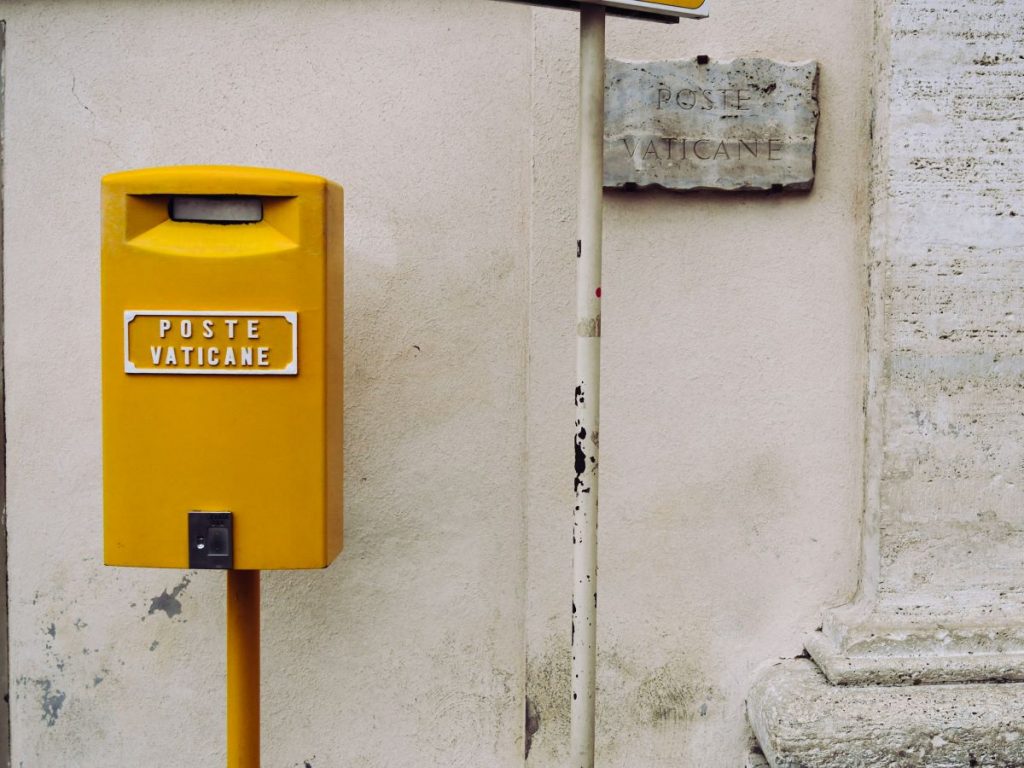
FAQ´s – The Vatican Post Office
What are the Vatican Post Office Opening Hours?
- St. Peter’s Square Branch (Arco delle Campane): Open Monday to Saturday, 8:30 a.m. to 6:30 p.m.
- Vatican Museums Post Office: Hours align with museum opening times, typically 8:30 a.m. to 6:30 p.m.
Is the post office in the Vatican closed on bank holidays?
Yes, like most official institutions, the Vatican City post office is closed on Vatican and Italian public holidays. This includes:
- Vatican-specific holidays: January 1 (New Year), February 11 (Lateran Treaty Day), June 29 (Feast of Saints Peter and Paul), August 15 (Assumption / Ferragosto), November 1 (All Saints’ Day), December 8 (Immaculate Conception), December 25 (Christmas), and December 26 (St. Stephen’s Day).
- Italian national holidays that overlap may also affect opening hours.
So if you plan to send mail on a holiday, it’s best to check ahead or go the day before to avoid disappointment.
Can I send letters, packages, or only postcards?
The Vatican post office handles both letters and parcels, not just postcards. International mail is processed efficiently, making it a reliable alternative to Italian post offices for sending letters abroad.
Are Vatican stamps collectible?
Absolutely. Vatican stamps are highly sought after by collectors because of their unique designs and limited issuance. They often feature Popes, Vatican landmarks, or significant religious events. Many tourists and philatelists view them as small, collectible souvenirs.
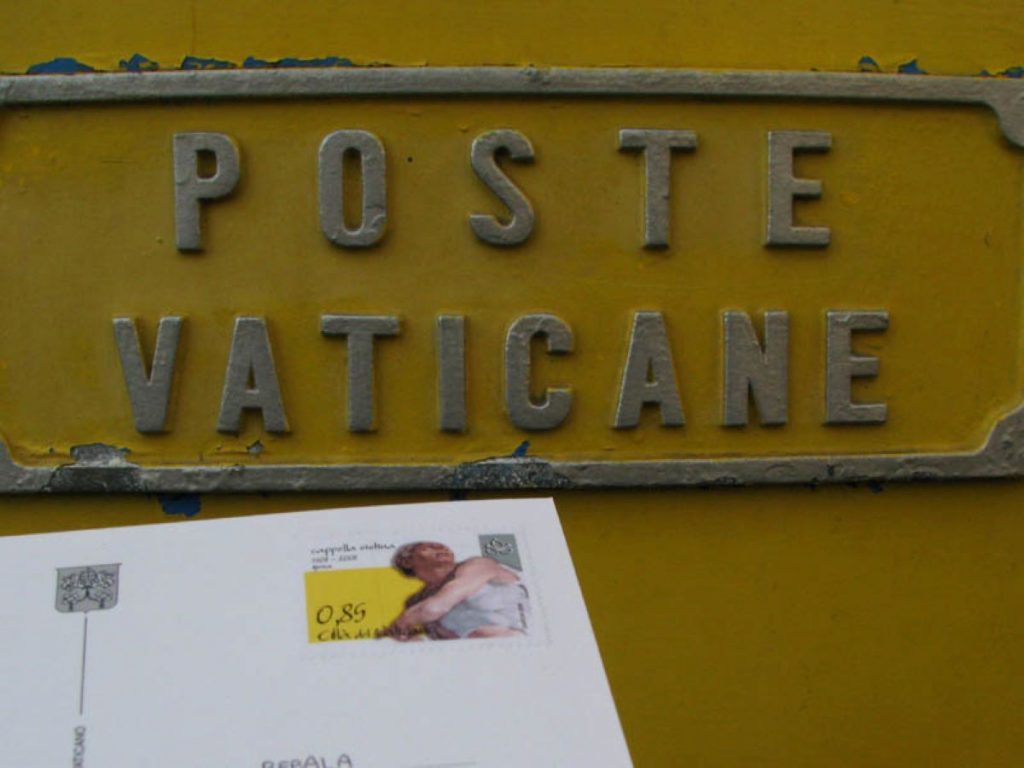
Once you´ve finished your postal administration, and got your postcards sent off, you can commence exploring Vatican City, perhaps even taking a unique guided tour of the Vatican to get some amazing insider information.
From touring St Peters Basilica to the VIP Key Master’s Tour of the Vatican, our local guides will lead you on a tour you’ll never forget.
